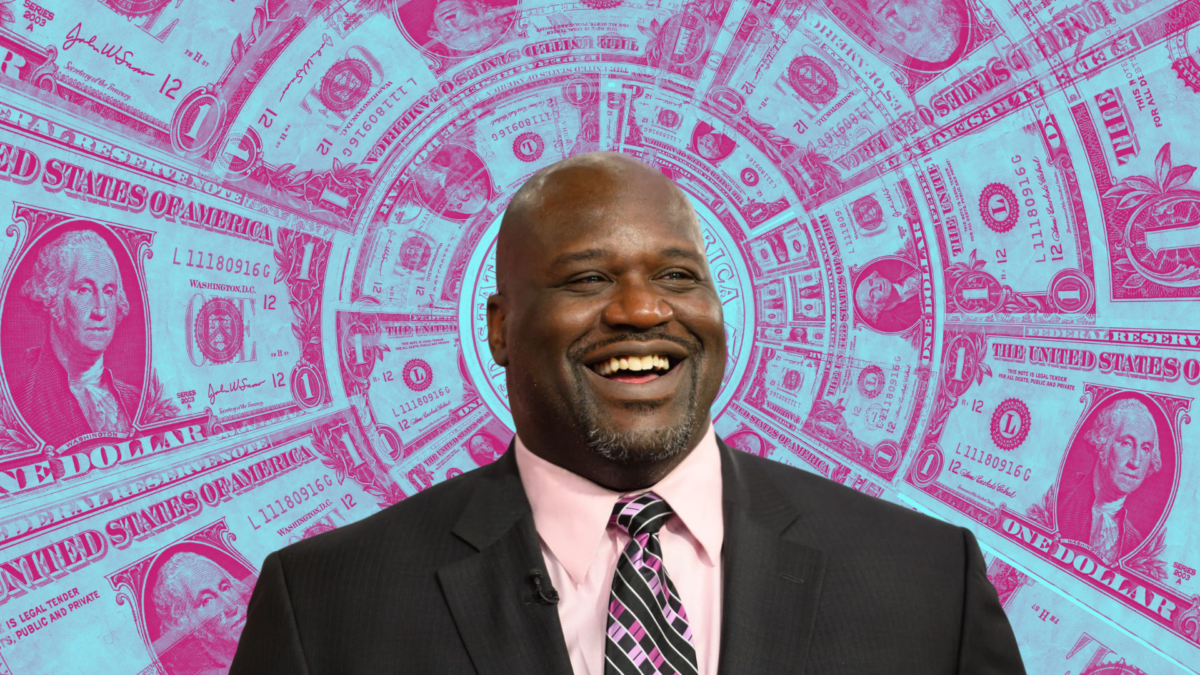
When times are tough, it’s easy to let our appearance slide. After all, who has the time or money to invest in expensive clothes and grooming products? However, caring about your appearance, especially when money is tight, can have a big impact on your personal and professional success. In this article, we’ll explore some tips and strategies for recession-proofing your look and enhancing your personal style, even on a budget.
Invest in high-quality basics
When it comes to building a wardrobe on a budget, it’s important to focus on high-quality basics that will stand the test of time. These might include items like a well-fitted blazer, classic jeans (a dark wash is always best), and versatile shoes. While these items may require a higher upfront cost, they will pay off in the long run by lasting for years and allowing you to mix and match them with different outfits. You should spend 80% of your wardrobe budget on your basics.
Accessorize strategically
Accessories are a budget-friendly way to add interest and style to your outfits. Look for accessories like scarves, pocket squares, jewelry, belts, and hats that can be used to change up your look without breaking the bank. By adding a pop of color or texture to your outfit with a well-chosen accessory, you can elevate your style and create a more polished and put-together look.
Prioritize fit
One of the most important factors in looking good on a budget is finding clothes that fit well. Clothes that are too big or too small can make you look sloppy and unprofessional, while clothes that fit well can enhance your best features and make you look more polished and put-together. Look for clothes that flatter your body shape and accentuate your best features, and don’t be afraid to have them tailored if needed. This is the number one mistake that can cheapen your look if you don’t pay attention to it.
Focus on grooming
Good grooming habits can go a long way in enhancing your appearance and making you feel more confident. This includes basics like regular haircuts, good hygiene, and clean nails. If you wear makeup, focus on simple, natural looks that enhance your features without breaking the bank. By taking care of your grooming needs and presenting a clean, polished appearance, you can feel more confident and put-together, even on a tight budget.
Care about your appearance
Finally, it’s important to care about your appearance, even when money is tight. How you present yourself can have a big impact on how others perceive you and the opportunities that come your way. By taking care of your appearance and presenting yourself in a professional and polished manner, you can position yourself for success even during tough economic times. Remember, you don’t have to spend a lot of money to look and feel your best. With a little creativity and effort, you can recession-proof your look and enhance your personal style, even on a budget.
In conclusion, recession-proofing your look requires a combination of strategic shopping, good grooming habits, and a commitment to presenting yourself in the best possible light. By investing in high-quality basics, accessorizing strategically, prioritizing fit, focusing on grooming, and caring about your appearance, you can look and feel your best even on a tight budget. So go ahead and rock that budget-friendly outfit with confidence, knowing that you’re presenting your best self to the world.
If you’re looking for expert guidance on how to recession-proof your personal brand and enhance your appearance, consider working with Sheila Anderson, The Image DesignerÔ. With years of experience in the branding and image consulting industry, Sheila can provide personalized advice and strategies for success that align with your unique goals and budget.
Whether you’re an entrepreneur, freelancer, or corporate professional, building a strong personal brand and enhancing your appearance can help you stand out from the competition and position yourself for success, even during tough economic times. So don’t wait – contact Sheila Anderson today to learn more about how she can help you recession-proof your personal brand and take your career or business to the next level.

















